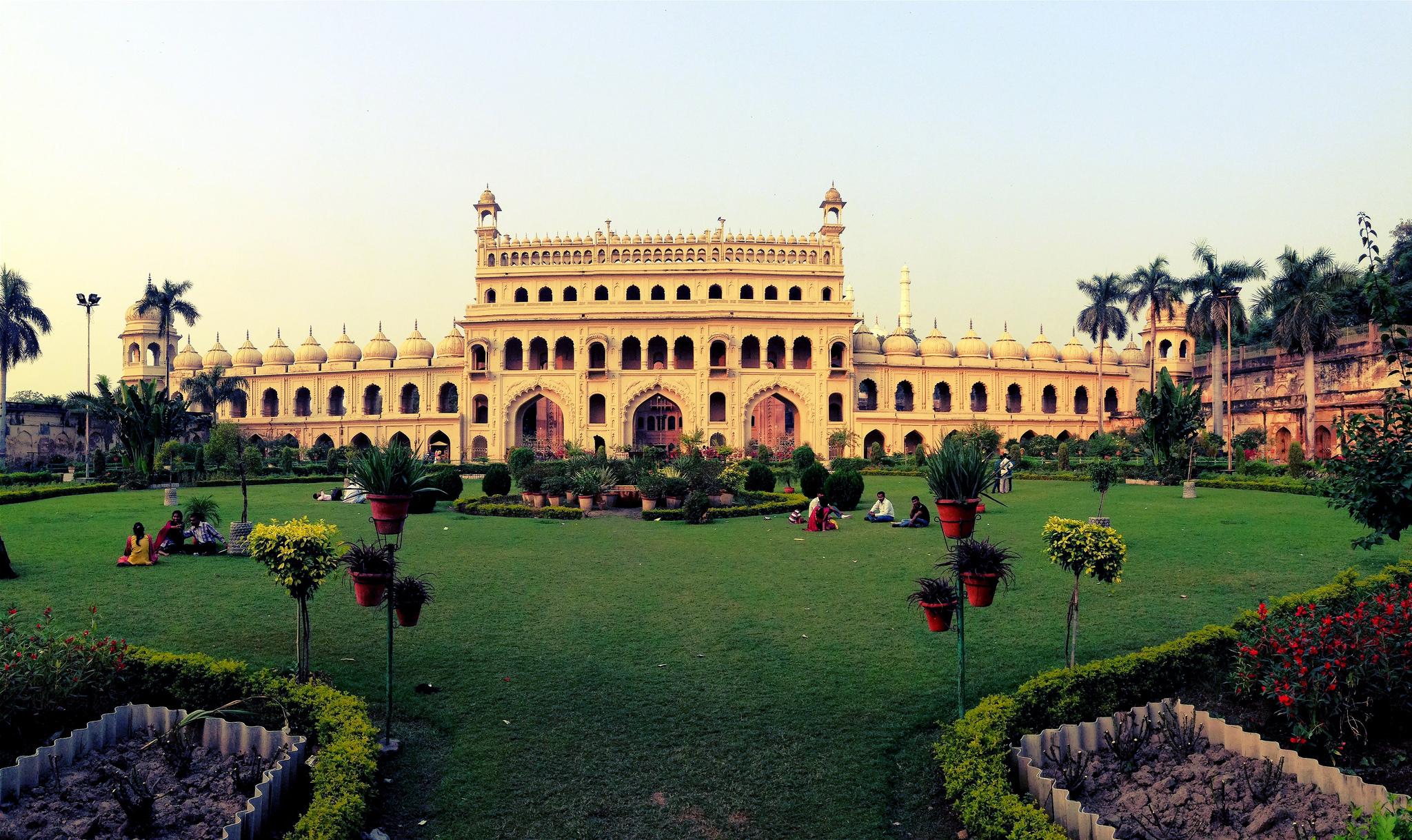Touring The Magnificent Historical Monuments Of Lucknow

Dotted with the best architectural specimen from the Nawabi and British Raj era, the capital city of Uttar Pradesh is perhaps one of the best way to understand to history of the state. With several mausoleums, palaces and forts, Lucknow’s past is filled with days of joys and struggle. For a history buff, these monuments presents a great view of a glorious run of kingdoms and downfalls of might kings. Let’s take a look at the most famous historical monuments in the city of Nawabs.

Lying between the historical realms of Varanasi and Agra, the capital city is somewhat seems neglected from a historical tourism perspective. Though on taking a deeper look, these historic monuments are a great place to explore the culture of Lucknow. Though the modern side of the city boasts of some amazing marvels like sprawling gardens and marbled sidewalks, the historical monuments in the city surpasses that new feel. The popularity of these monuments spreads to all over the country and you can find visitors from down south and far east visiting them. If you’re staying in any of these regions, you can take a Bangalore to Lucknow flight or a train from Kolkata to reach the destination.
Lucknow rose it prominence as the prime seat of power for the Nawabs of Awadh, who were known as great backers of culinary arts, dance forms, visual art and music. Its of no doubt that the city is called as the city of grand culture and still continues to exhibit it with great pomp. Here are some of the great historical wonders Lucknow has to offer.
Bada Imambara – This colossal structure is worth visiting if you haven’t seen any of Uttar Pradesh architectural wonders. Consisting of a maze of corridors on the upper floors is something really special. The entrance ticket offers the peek to the Chota Imambara, clock tower and baradari. There are two massive gateways as entrances to the mausoleum complex.
Leading to the huge courtyard, on one side you’ll find the attractive mosque and on the other side a huge baoli or step well. Both of which could be explored on foot and don’t forget to carry a flashlight. Located at the end of the courtyard lies a large hall, which could also be one of the largest vaulted galleries in the world. Also present are the small replicas of Imam Hussain’s tomb in Karbala, Iraq, known as Tazias, which are carried out during processions of Shia community.
Chhota Imambara – Like Bada Imambara the Chhota Imambara is marked by two huge entrances leading to another huge court. This fascinating tomb was constructed by king Mohammed Ali Shah in the 1832 who is buried here with his mother.
Residency – A large collection of beautiful gardens and historical ruins, the Residency offers a great view of the past. Constructed during the British Era, in the 1800s, this garden appears as the witness to the first war of Independence and the siege of Lucknow.
